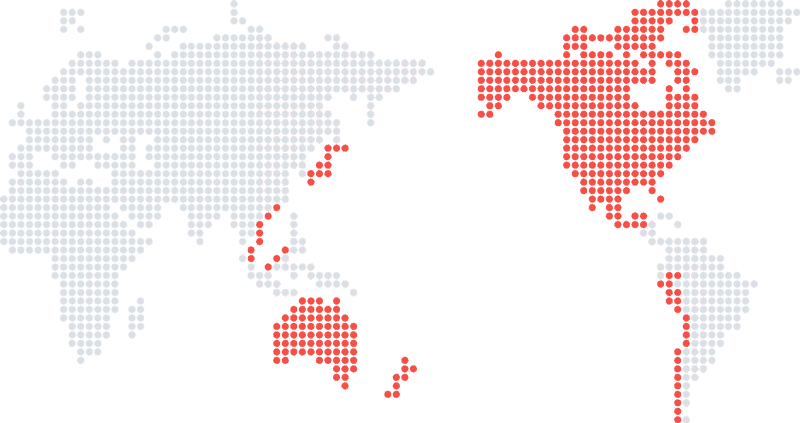President-elect Donald Trump has pledged to issue a notifcation of intent to withdraw the US from the Trans-Pacific Partnership trade deal on his first day in office.
Trump made the announcement in a short video uploaded on YouTube, outlining his policy plans for his first 100 days as President.
Trump called the Trans-Pacific Partnership (TPP) trade deal “a potential disaster for our country” and said he would seek to “negotiate fair bilateral trade deals that bring jobs and industry back”.
What is the Trans-Pacific Partnership?
The TTP is a trade agreement, which after seven years of negotiations among twelve of the Pacific Rim countries – not including China, seeks to introduce measures to lower both non-tariff and tariff barriers to trade.
The twelve countries that participated in negotiations for the TPP include: Australia, Brunei, Canada, Chile, Japan, Malaysia, Mexico, New Zealan, Peru, Singapore, the United States, and Vietnam.

According to the Office of the United States Trade Representative, the TPP aims to “promote economic growth; support the creation and retention of jobs; enhance innovation, productivity and competitiveness; raise living standards; reduce poverty in the signatories’ countries; and promote transparency, good governance, and enhanced labor and environmental protections.”
Throughout his presidential campaign Trump has been a strong critic of TPP. In June 2016, Trump described the deal as “another disaster done and pushed by special interests who want to rape our country, just a continuing rape of our country”.
What’s next for the TPP?
Without US participation, the TPP would be “meaningless”, said Japan’s prime minister, Shinzo Abe, hours before Trump made his announcement.
Australian Trade Minister Steven Ciobo told reporters in Canberra that countries could still move forward with the TPP, even if the US drops out, and possibly add new members.
Steven Ciobo was quoted by Reuters as saying: “We could look at, for example, if China or Indonesia or another country wanted to join, saying, ‘Yes, we open the door for them signing up to the agreement as well.'”
Ciobo added that the new US administration still has time to reconsider its position. “We need to let the incoming Trump administration have some time, let’s have some patience,” he said.
Singapore Prime Minister Lee Hsien Loong said that, if it comes to it, reopening renegotiations won’t be easy. “If you sign a fresh agreement, you have to go through it again. We haven’t crossed that bridge yet. We’ll cross it if and when we come to that,” he said.
